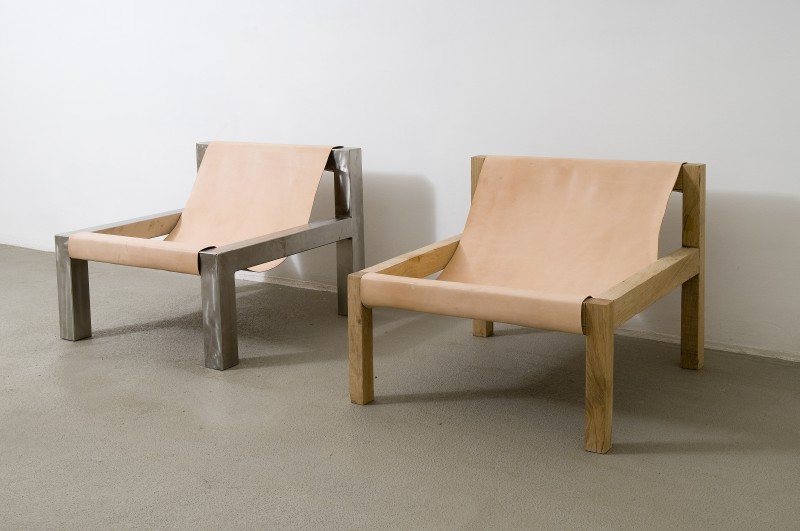from decorative emptiness and irrelevance."
"Emptiness can sometimes start to look more full and P E R M A N E N T" - Roberta Smith,NYT



1. New Works: Frank Stella at Freedman Art "In a way, Mr. Stella now occupies a position similar to that of Kandinsky late in his career: He changed the history of art with his early work, but kept on moving, to the dismay of many. Donald Judd and Dan Flavin, his Minimalist fellow travelers, stayed true to their school. Mr. Stella has stayed true to other things, abstraction as a vibrant life force, for one, but also the admirable conviction that artists should strive not to repeat themselves and that the main basis for artistic development lies in the evolution of form. Perhaps empty forward motion, or a facsimile thereof, is better than the empty repetition into which so many artists subside as they succeed and age. Also, emptiness can sometimes start to look more full and permanent, as happened with late Kandinsky. In any event, it is possible to admire Mr. Stella’s continuing drive and ambition without being as yet convinced by its latest manifestations. " - Roberta Smith, NYT review
2. Fondazione Giuliani, Rome, "Scott Burton, curated by Oscar Tuazon
"I guess I tried to become Scott Burton. I don’t know how other people do it, but that’s how I do it. Which was strange. A demon came into my head. Suddenly I was alone inside that demon’s house. I tried to build pedestals, I tried to build tables. I thought very literally about becoming another person, I was wearing a Beau Dick mask. Dick makes masks in the Kwakiutl ceremonial tradition, objects designed to serve a function—but an idea of function expanded to include hallucinatory states and dreams. Call it psychic utility, I don’t know what to call it but I know what it does. I’m sure that Dick tries on the masks while he makes them, the way Martino Gamper tests the feel of a chair, by occupying it, testing it out with his body. Which is something you can’t say about painting. Bea said “painting as a medium might be inherently suspect,” and I tend to agree with her."
"Burton’s work is characterized by invisibility—perversely banal, inconspicuous, ugly, painful on the genitals, masochistic—and a kind of brutal self-recognition, painful realism. Brancusi came up with a name, ‘pragmatic sculpture’ that Burton liked to use, but Burton was a lot harder on himself than Brancusi ever was. Whereas Burton was a true nihilist, Peter Fend remains, for some unknown reason, an incurable optimist, the only person I can think of who still believes, fervently, in the revolutionary potential of an artwork to transform the world. What they share, apart from a masochistic love of failure, is a visionary and inspiring ideal of art as invisible, ubiquitous, elemental. Alive in the world. And, like Ferrara’s drawings, resolutely partial, incomplete—instructions awaiting action." - Oscar Tuazon
3. Alighiero Boetti , Zigzag 1966 at MOMA Throughout his career, Boetti experimented with a wide variety of processes, materials, subjects, and styles, and he often incorporated chance and invited collaboration. Nonetheless, his work was guided by a consistent set of philosophical principles, often conceived in opposing or differing pairs. Notions of order and disorder, duality and multiplicity, travel and geography, time and space, and intention and chance permeate Boetti’s projects, finding expression in conceptual works made using the postal service, brightly colored embroideries created with the help of Afghan artisans, and large-scale drawings that deploy mathematical systems and formal operations of chance or spell out his ideas in poetic puns.
-
